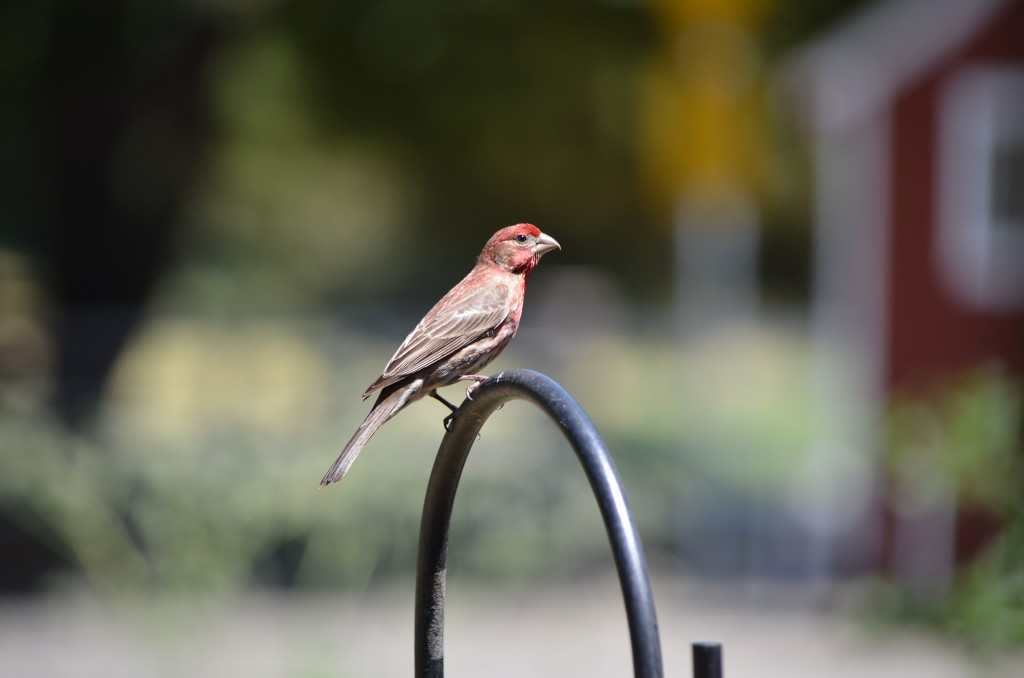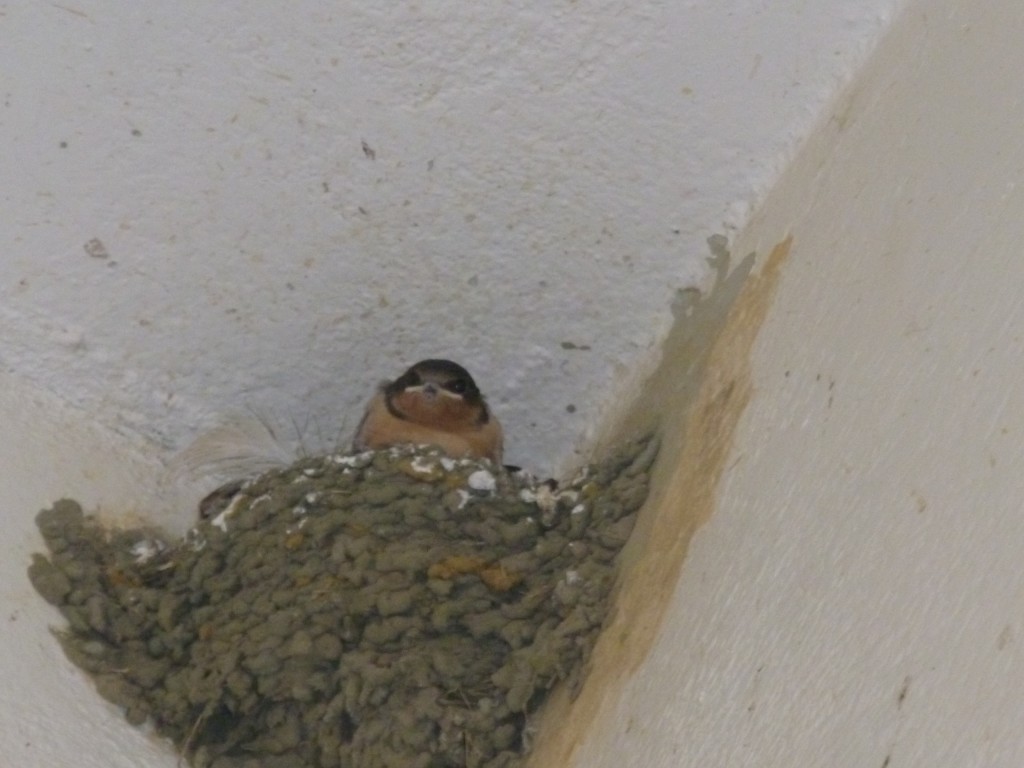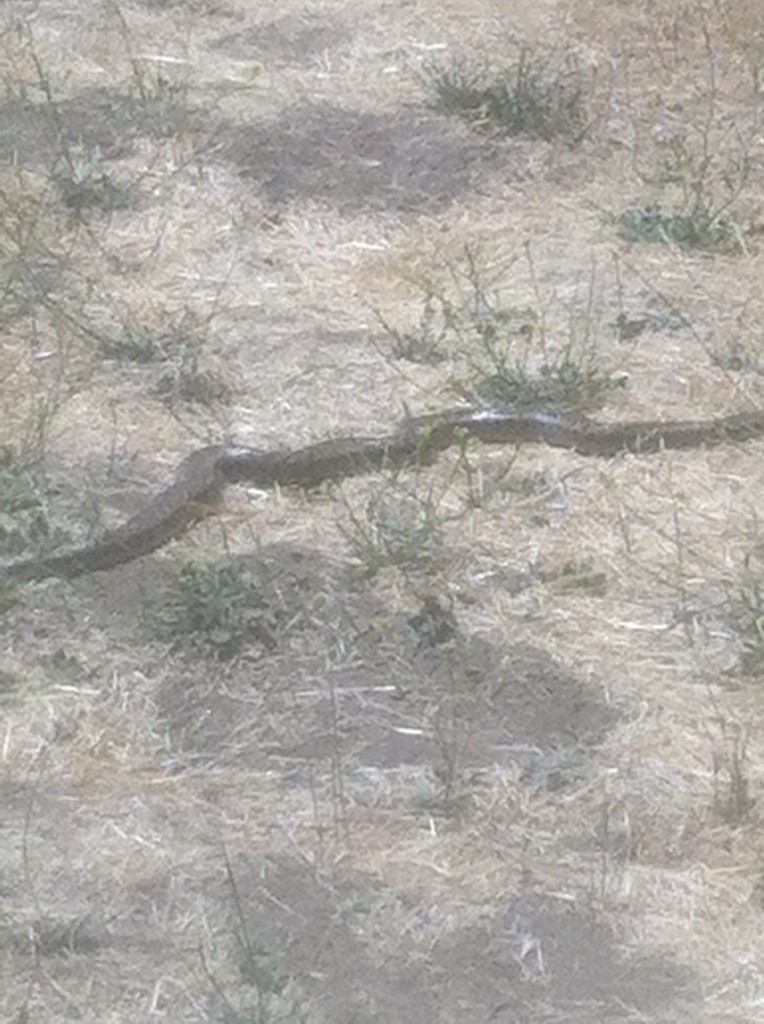This was my first programming app, and it was really basic. There was a bunch of programs, and a cat. (You could add any other animal to), and there were some backgrounds as well. It was pretty cool. Even now I enjoy this app, and make sound effects with the cat. My next idea is to create a game.
Monthly Archives: July 2013
Welcome to the World of Dinosaurs
Deep in a lush, green forest, a Camptosaur stomps around while eating fern leaves. Suddenly, a big set of jaws thunders toward the Camptosaur. The Camptosaur gets scared. Its body is covered in dino sweat (we clearly know this did not happen), as two eyes watch it. One… Two… Three…The prey makes a dash for its life, but hits its head on a Monkey Puzzle Tree. The Camptosaur is knocked out. The predator, on the other hand, trips on a forest twig from the branches of a Monkey Puzzle. Oops. I think he angered it. The tree comes down with a hard thud!, and misses the predator by 7 and one half inches. That’s about the size of a Say’s Phoebe. The allosaur later finds the Camptosaur, who instantly regains consciousness. Then they both fight. The Allosaur first roars for signaling the attack. Then the Camptosaur grabs a twig. This is his failed idea for a sword. The Allosaur, who is slightly smarter, grabs a stronger twig. Then they both fight. The Allosaur drops his twig, then bites the Camptosaur really hard on the chest. Wham! the Camptosaur is knocked out. As I said, welcome to the world of dinosaurs.
About Me
Hi! I am Ananth Ramaswamy and I am an 8-year old naturalist. My first favorite subject is Paleontology. I know a lot and am quite obsessed. Aditi,
my sister, always says that my first movie choice would be something like Walking
With Prehistoric Beasts, the movie that shows life after the dinosaurs and the mammal’s evolution. I love watching Walking with Monsters, Walking with Dinosaurs and Walking with Prehistoric Beasts, The movies which tells life during, after, and before the dinosaurs. I also love reading books, plus many dinosaur books, some bird books, and some other fictional books too. Most of the references I have come from the Stokes Field Guide to the Birds of North America, some from Wikipedia, and some from the Cornell Lab Of Ornithology.
Gopher Snake (Pituophis cantenifir)
This predatory snake is found mostly in Western North America, and has a diet that consists of Gophers and other small creatures. Its prey is particularly lizards like the Western Fence Lizard (Sceloporus occidentalis). You may see this snake in grassy areas like I have once. 2 days ago we were hiking in Mclellan Ranch Park when we saw it. It was lying in the grass, its head was precariously positioned under a twig while my sister leaned a bit closer to see if it had a rattler. My grandfather then quickly told us to run, because we did not know it was a Gopher Snake, and the last thing I saw of it was a brown strip in the grass.
House Finch (Carpodacarus mexicanus)
With a striking red head and a brown breast, this bird is common in most of North America. It generally likes to come and hang out at bird feeders, where it politely picks at seed and drinks a couple of sips of water, dipping its beak into the water. (In my backyard, they are the only birds that drink water, and they do that a lot, since its the month of July, and it’s the middle of summertime.) Lately, though, they have no been drinking much water. I think that they found a new backyard to feed in.
Below: A House Finch looks down from a structure in Mclellan Ranch Park, CA.
Barn Swallow (Hirundo rustica)
It was the summer of 2013, and my grandfather had been visiting from India, and one day, while I was playing on the swings at school, he went inside the bathroom. That was when we found this small colony of Swallows in their nest. My grandfather has photos and shots of all 4 chicks in the same photo. These amazing birds dart across the sky like little jets filled with vibrant colors, and make medium-sized nests. The Barn Swallow is the national bird of Austria and Estonia, but it has a range that extends into North America as well. As this bird’s name suggests, it likes to live in barns, where most of the time, it builds its nests. The female raises her chicks up slowly, teaching them all the steps of life, and so the chicks are born from helpless to smart. A young swallow is then taught how to fly, and when that is done, it leaves the nest forever. When we came back the next day to see the nest, it was gone. The Swallows were flying around everywhere, and were lost. I was guessing that someone might have thought it was a wasp nest, and broke it. Or else someone wanted to show it off. The baby swallows were very tiny, so they could be vulnerable to Owls and other dangerous predators in the open.
Below: A young Barn Swallow chick looks out of its nest and into the world.
